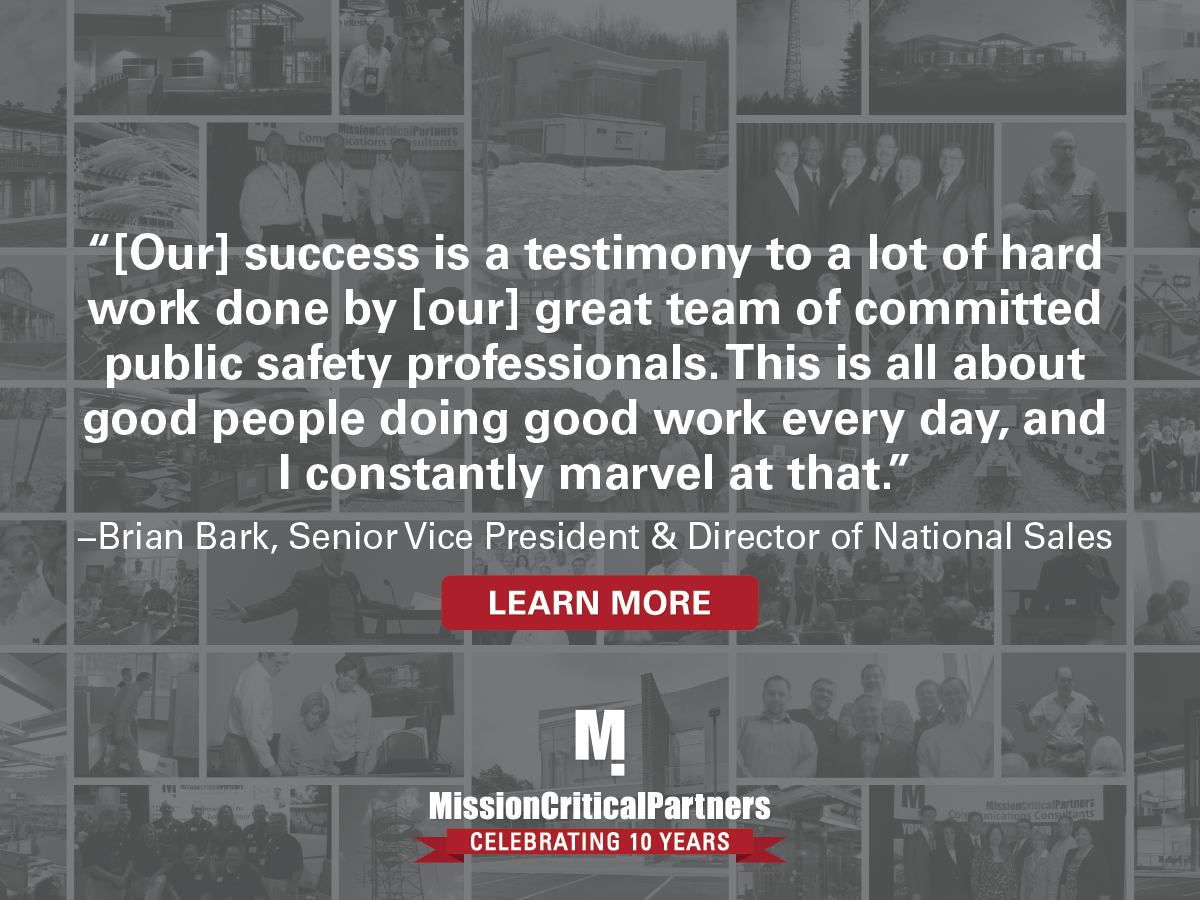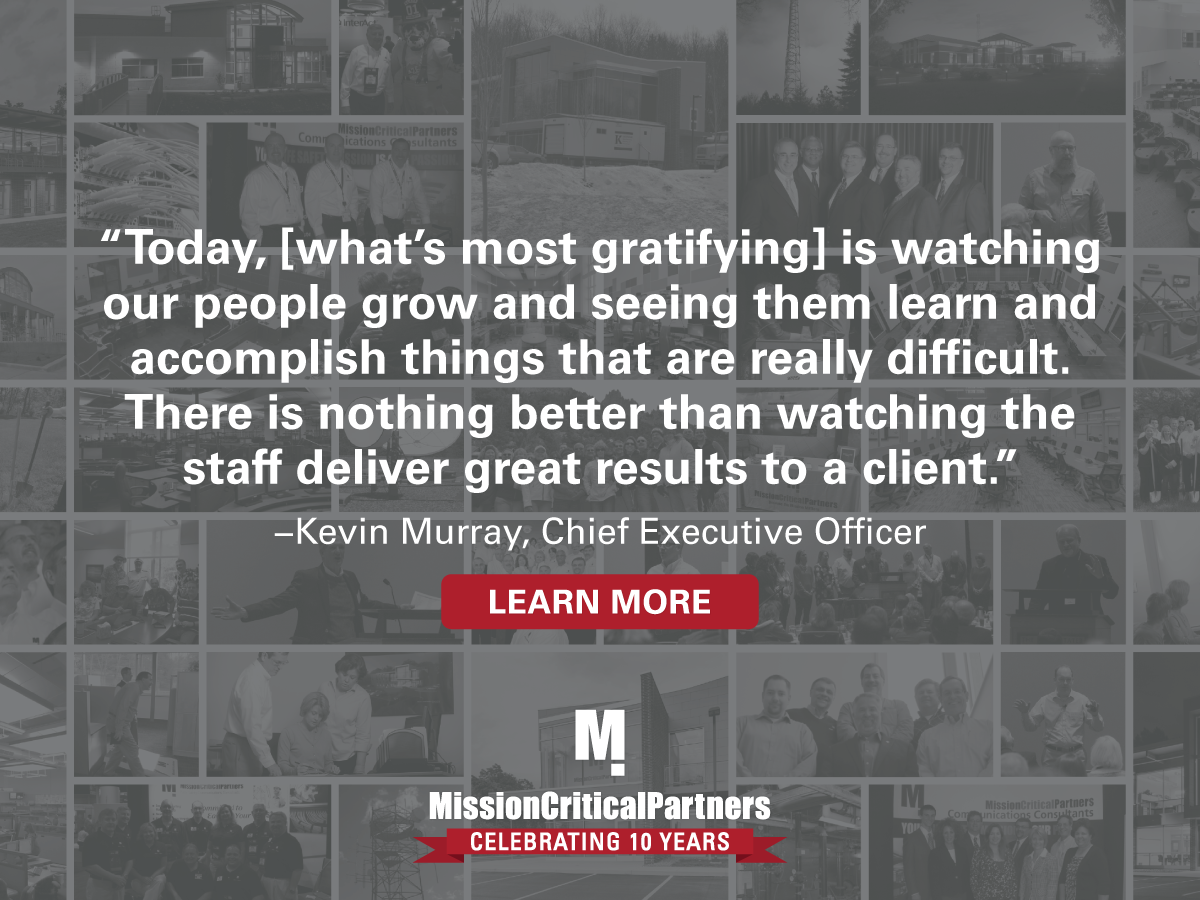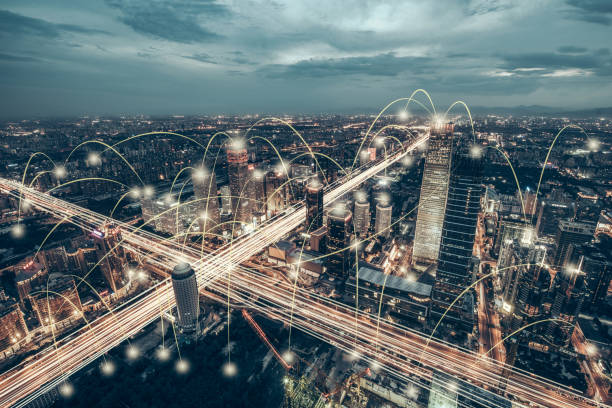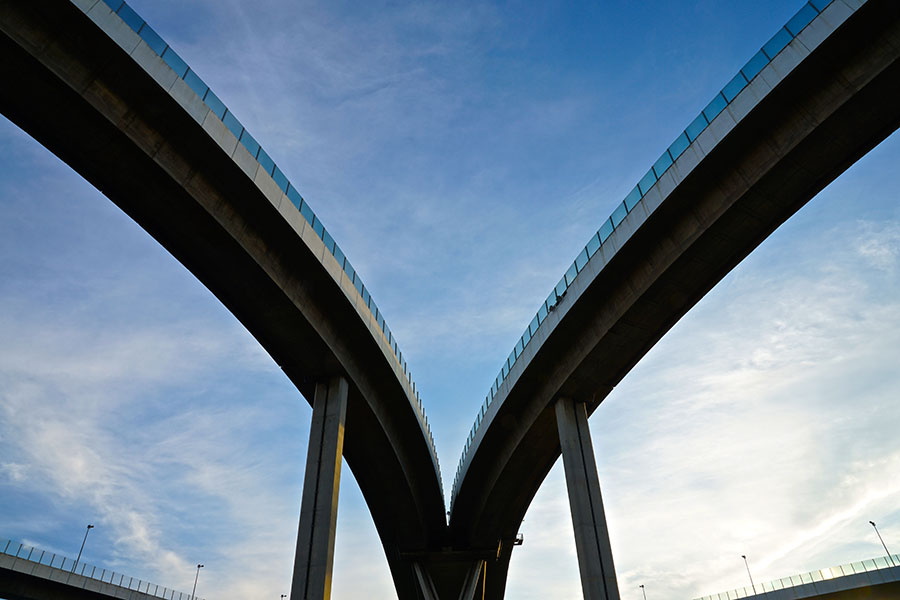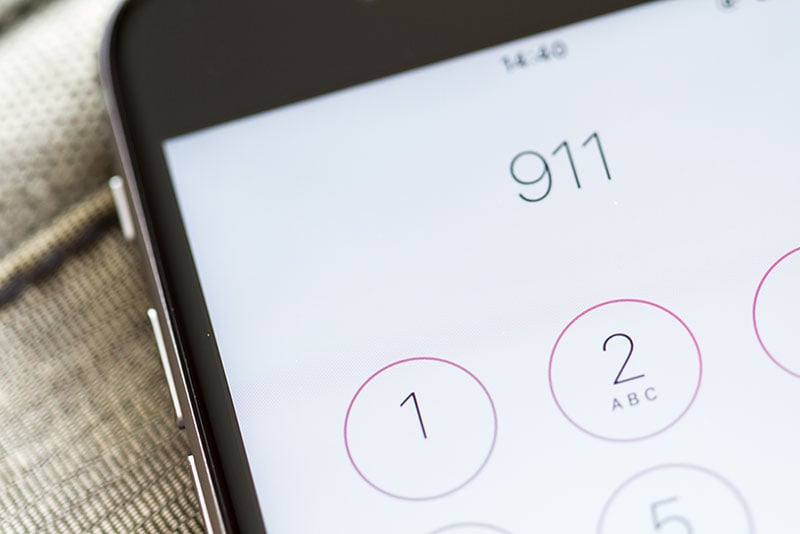10 Years of MCP: An Interview with Brian Bark, Co-Founder
"MCP’s success ‘is all about good people doing good work every day"
A previous post offered the memories and perspectives of MCP chief executive officer and co-founder Kevin Murray in marking the firm’s 10th anniversary, which is being celebrated in 2019. In this post, MCP Insights visits with another co-founder, Brian Bark, who today is the firm’s senior vice president/national sales director.
Insights: What were the biggest challenges faced in the beginning and how were they overcome?
Brian: The biggest challenge was setting up the company—we were starting flat-footed. We always knew what we wanted to be, and collectively the vision always was consistent. But we had to set up the banking and insurance, and get the accounting and legal support, all the things it takes to start a company. We knew that we didn’t want to be a three-person company, and growing MCP to the point where it was influential in the industry also was extremely challenging. We had many client contacts when we opened for business, but they all were under contract.
Topics: Industry News, Life at MCP, 10 Years of MCP

